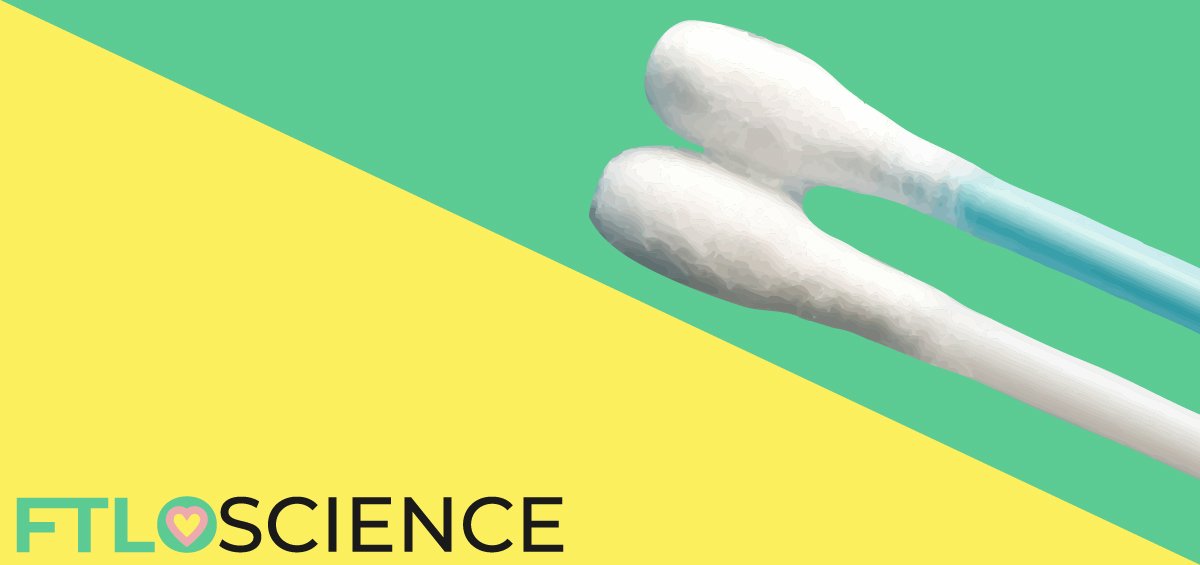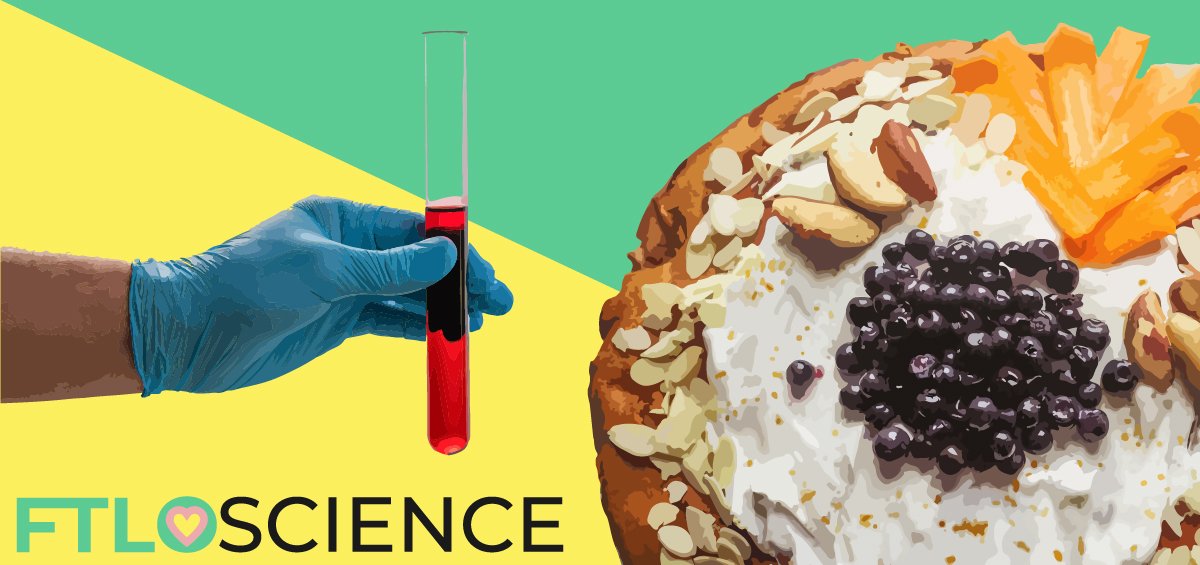In these tumultuous times highlighted by the COVID-19 pandemic, it is normal to feel anxious over the misinformation or lack of knowledge about the deadly virus. As SARS-CoV-2 research is developing in real-time around the globe, we have gathered information about the virus, including what you can expect from swab tests and how PCR testing works.
About COVID-19 & Symptoms
The current COVID-19 disease pandemic is caused by the SARS-CoV-2 coronavirus. Due to the colloquial term ‘COVID-19’ used by many social media platforms and users, it is easy to forget that this disease shares a 79% sequence identity with SARS-CoV, the virus which caused a devastating outbreak in 2002 and 20031. This family of viruses also includes the deadly Middle East Respiratory Syndrome virus (MERS-CoV) as well as four strains of the common flu.
Coronaviruses are characterized by their crown-like spikes on their surface, hence their name. They are a family of zoonotic pathogens, which means that they have the ability to be transmitted between animals and humans.
Although clinical features of COVID-19 are varied, we know that it is a respiratory infection and can be spread through droplets in the air when an infected person coughs or sneezes. Reported symptoms include fever, cough, sore throat, headache, fatigue, muscle ache and breathlessness. In more severe cases, the infection can develop into pneumonia, respiratory failure and even death. Oddly, the symptoms are reported to be considerably milder in newborn babies, infants and young children, compared to adults and the elderly.
That being said, if you develop a cough with a high fever or any of the other symptoms and suspect it could be COVID-19, you might want to opt for a clinical laboratory test or at the very least, an appointment with your local doctor or clinic. Depending on where you’re from, these tests can be readily available.
COVID-19 Testing
What Happens During a Nasal Swab Test
So what exactly goes on during a nasal swab test? The person conducting the test will use a thin, long, soft-tipped swab (resembling a cotton bud) and insert it up into your nostrils. It will be twirled around for a few seconds until it collects enough of your secretions. The sample will then be sent off to a laboratory for testing.
Due to the test sample being collected in a slightly invasive and sensitive area, many tend to cringe at the notion of undertaking the nasal swab test. However, it takes less than a few minutes and is not painful, albeit can be uncomfortable for some. The swab must be inserted into the nasopharynx to get the best and most accurate result, hence the discomfort. By swabbing through the nasal passageway, cells and fluids are collected along the connection between the nose and throat.
As your body will be unfamiliar with the sensation of an object in the back of your nose, it might give rise to some peculiar sensations, depending on the individual. It sometimes triggers the lachrymal reflex, bringing tears to your eyes. As the swab also touches the back of the throat through the nose, it might activate your gag reflex or make you feel like sneezing.

Other Forms of Sampling
Despite a nasal swab being the preferred option for COVID-19 diagnosis, a throat swab can also be used in other scenarios. With scientists and medical researchers working hard around the clock to develop new tests, other (less invasive) forms of sampling are possible. This can include taking saliva or serologic (blood) samples, which can then be used in antigen tests such as lateral flow assays.
In some cases, a saliva sample can even prove to be as consistent as a swab test. A study found that saliva samples detected the coronavirus in two asymptomatic health care workers, who had previously been cleared as uninfected by a deep nasal swab2. According to them, taking the nasal swab can cause patients to sneeze or cough, which can increase the risk to healthcare workers.
PCR Testing
The most common technique used to test for SARS-CoV-2 is PCR (polymerase chain reaction), which is extremely sensitive. PCR tests detect the genetic information (RNA) of the virus directly, instead of relying on the antibodies produced by our immune system’s response. By detecting viral RNA, which is often present in the body before antibodies form or symptoms of the disease are present, the tests can tell if someone is infected by the virus very early on3.
Although the genetic material (RNA) in coronavirus is unique and can be used to identify its presence in an individual, swabs can only procure a tiny, inefficient sample for testing. This is where PCR comes in. By mixing the initial amount of RNA with special-targeting proteins (primers) and RNA building blocks, the amount of the genetic material obtained is multiplied. This large amount is then easily detected, giving a more accurate test result.
Ergo, PCR testing is considered the ‘gold standard’ of testing at this time, as the high sensitivity of the primers can work with the smallest amount of coronavirus RNA, enabling it to be detected early.
Rapid Tests
The downside to using PCR is the length of time it takes to produce a result. Furthermore, PCR equipment is usually only available in clinical laboratories, which might be a distance away from the testing site. Researchers have also developed ‘quick’ or ‘rapid’ tests that can be used on-site to detect possible infections.
These tests come in the form of lateral flow assays, or strips of absorbent material. We can place a drop of body fluid, usually blood, on one end of the strip and obtain a result within minutes. These strips contain markers that detect antibodies that our immune system produces if we’re infected. This is the same technology in use in pregnancy test kits.

Contact Tracing
Apart from giving us information on whether individuals have been infected, testing for SARS-CoV-2 has other benefits. It can help us in areas such as contact tracing, as we know who has been in contact with whom, so we know who should be self-isolating or put into quarantine. We can also use this data to predict areas where there is a high risk of infection and proceed to test individuals before they show symptoms. Along with mask-wearing, social distancing and vaccination, this allows us to control the spread of the virus.
As microbiologist Dr. Edward Wright of the University of Sussex puts it, ‘that’s the true advantage of the current major diagnostic tests, you can break that transmission chain and get a clearer picture of what’s happening.’ By increasing the number of tests we conduct, we become better equipped to control the spread of COVID-19 and curb unnecessary fatalities. So remember, with every uncomfortable nasal swab you endure, you’re helping in the global fight against the pandemic!
Reference
- Lake, Mary A. (2020) ‘What we know so far: COVID-19 current clinical knowledge and research’, Clinical medicine (London, England), vol. 20,2 (2020), 124-127.
- Thompson, D. (2020). Saliva COVID Test Alternative to Deep Nasal Swab.
- Kent, C. (2020). Different paths to the same destination: screening for Covid-19. Retrieved from https://www.medicaldevice-network.com/features/types-of-covid-19-test-antibody-pcr-antigen/
About the Author

Nicole was a junior science writer at FTLOScience from July to August 2020.




